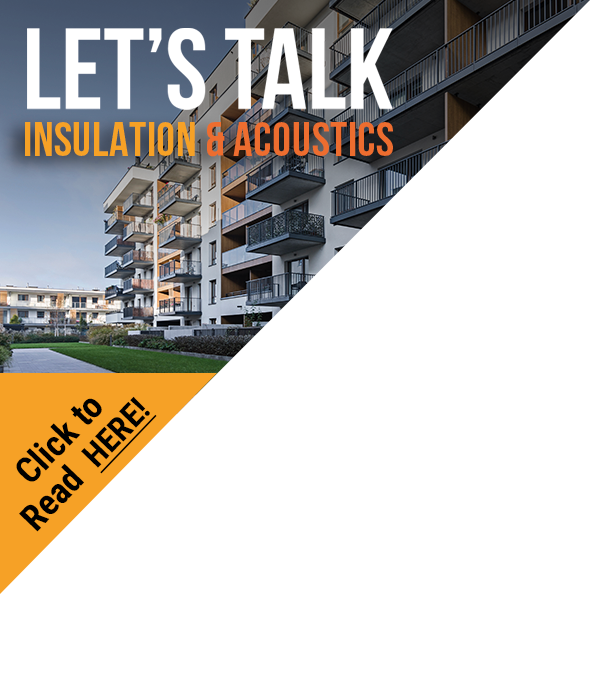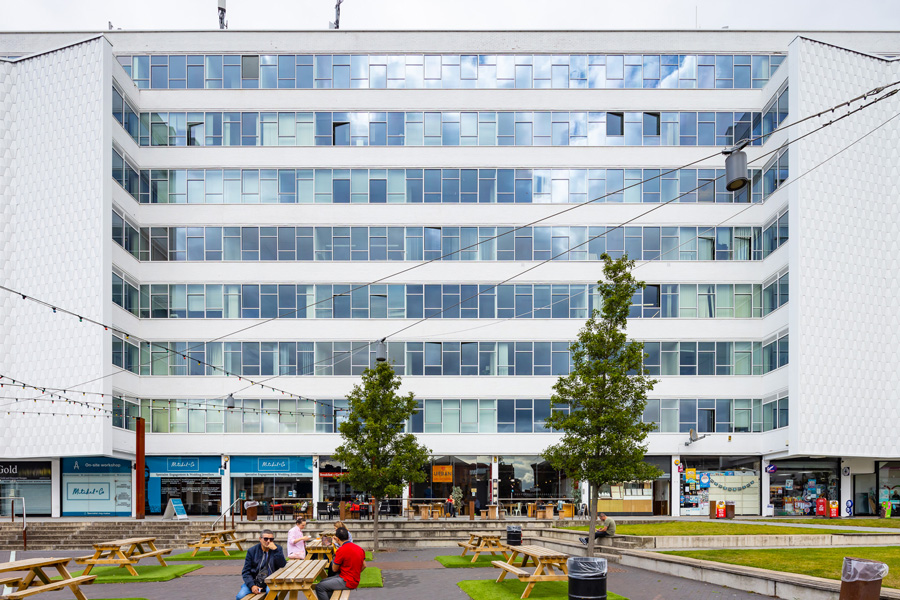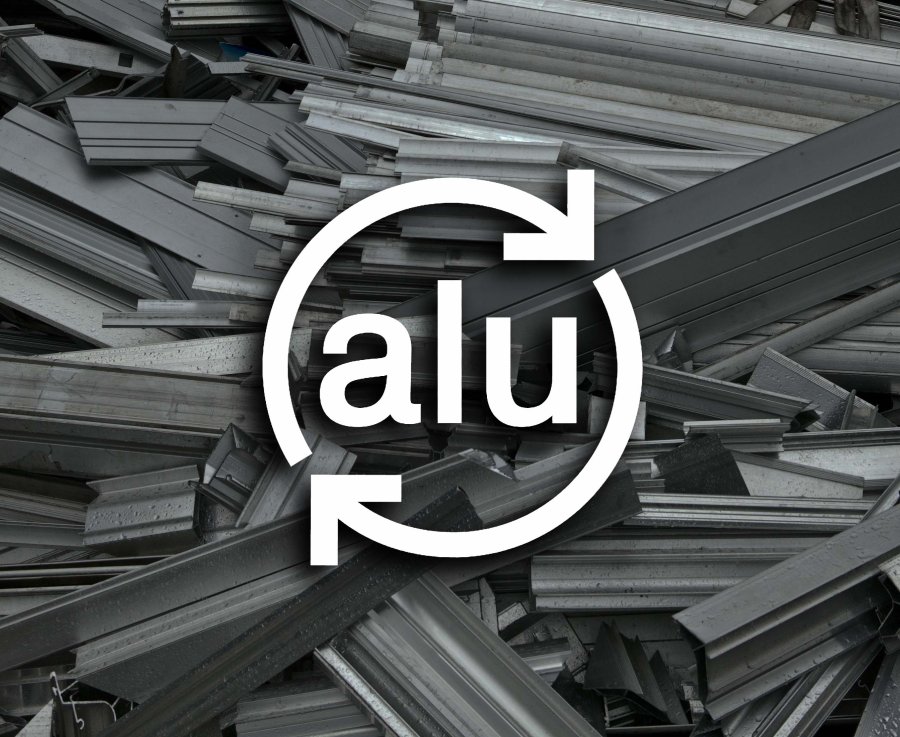The renovation of historic buildings constitutes a challenge that requires a combination of respect for both the actual character of the property and modern building technologies. Here we outline how to approach this process in order to achieve a result that is in line with the investor's vision, while maintaining the authenticity of the building and increasing its functionality.
Why should we care about the historic character of a building?
The renovation of old buildings is more than a matter of aesthetics, it is also a measure that is deeply ingrained in cultural and historical values. Preserving unique architectural elements, such as original façades, ornamentation or interior details, not only enhances the visual value of the building, but also boosts its market value. Buildings with a historic character often have a special charm that attracts those looking for unique spaces. What's more, in-depth renovation can considerably improve its technical condition, making it more comfortable while maintaining its authentic style and ambience.
Preserving the historic nature of the building may be an invaluable contribution to the preservation of national and cultural heritage These measures maintain the material evidence of the past, which plays a pivotal role in maintaining the identity of local communities. For many, a historic building is not only a landscape feature, but also a symbol of history with great emotional and social significance. Protecting such buildings promotes the preservation of traditions and the transmission of cultural values to future generations. Furthermore, historic sites are also important for tourism - attracting people interested in the history, architecture and unique ambience of a location.
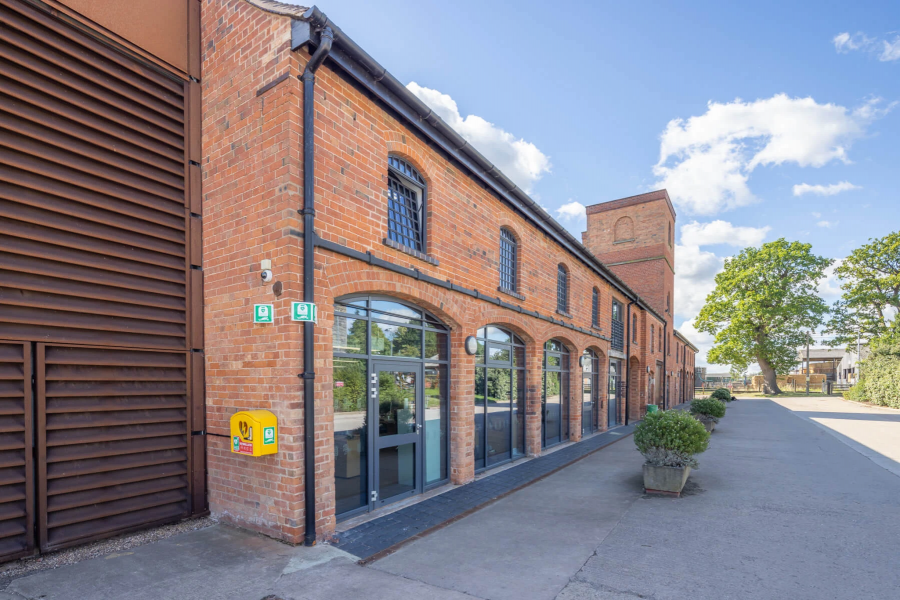
A green and low-carbon alternative to a new build
It is worth noting that the renovation of historic buildings is often a greener alternative to the creation of new ones. Indeed, instead of demolishing existing ones and building from scratch, such materials as brick, wood or stone, which are of high quality and durability, may be recycled. Thanks to their adaptation to modern standards, the adverse environmental impact may be significantly reduced.
Renovation also involves lower consumption of new natural resources, this being important in terms of sustainability. The preservation and adaptation of existing facilities is an example of an economy in the construction sector that supports climate goals and the long-term conservation of natural resources in a closed loop that promotes the reuse of resources instead of wasting them. This approach reduces the production of construction waste and diminishes the carbon footprint, which is good for the planet.
The modernisation of a building maintains the embodied carbon, since the production and transport of new materials may be reduced, as well as operational carbon by improving the energy efficiency of the buildings. This makes renovation one of the most sustainable practices.
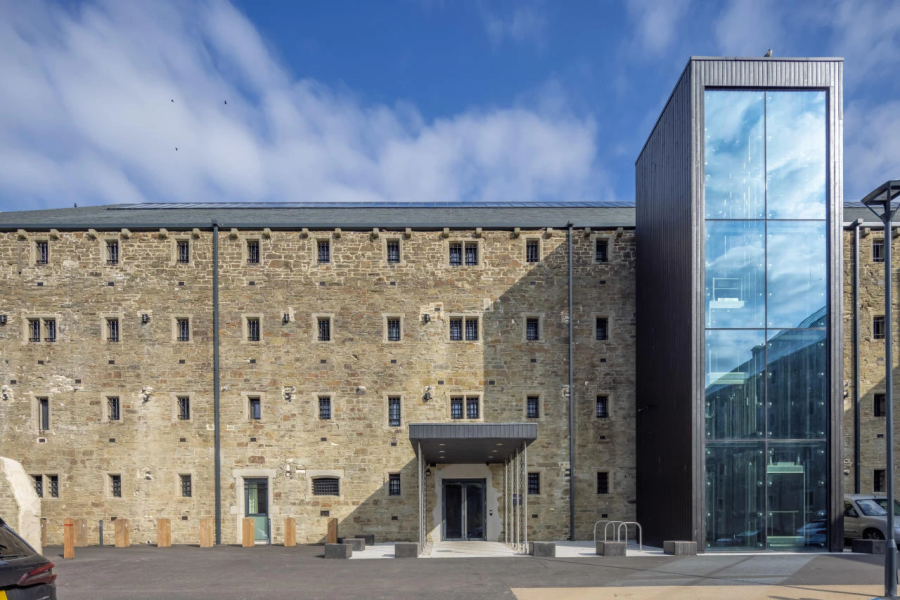
Bodmin Jail Hotel, Bodmin, United Kingdom. Systems applied: MB-SLIMLINE. Photo by Adrian Toon.
Key steps in building renovation
Renovating a building is no less complicated a process than designing and erecting a completely new one from scratch. It comprises a number of steps that include:
Technical assessment
A thorough inspection of the building is required before renovation work can commence. It is essential to consider the condition of the foundations, walls, roof, floors, ceilings and existing utility systems.
Use of energy-efficient technologies
The modernisation of a building is a good opportunity to make it more energy efficient. Aluprof heritage range of systems are a good choice here. Thanks to solutions like MB-SR50N A, aluminium façades or MB-79N Slim Casement Frame or MB-FERROLINE, aluminium windows, you can considerably reduce heating costs while maintaining the building's original appearance. The principal advantage of these solutions is not only their adaptability to non-standard window openings, but also the use of state-of-the-art insulation systems, making buildings equipped with Aluprof system windows and doors more financially efficient by reducing electricity consumption.
Appropriate selection of materials
The historic materials used in buildings to be revitalised are very often combined with technological innovations in the construction industry. Aluminium definitely represents one such innovation, as it is a material well-suited to all kinds of renovations. Thanks to its durability, lightness and aesthetics, structures can be made that harmoniously match the heritage character of the building. Further Aluprof products can be used, such as aluminium windows with narrow MB-SLIMLINE profiles, which combine modern technology with classic design, suiting buildings that were constructed after 2000, in the post-war period or even earlier. Renovation work with Aluprof systems is an ideal solution for projects where aesthetics is supplemented with energy efficiency.
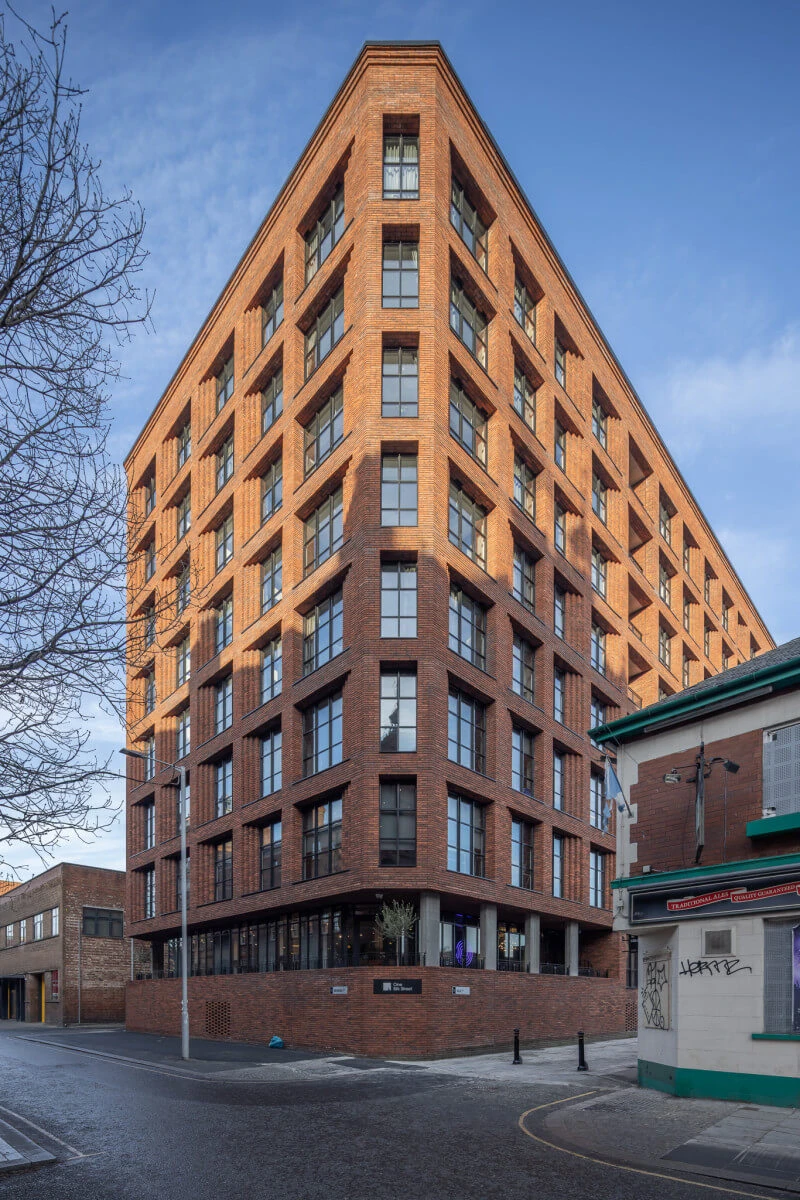
Bengal Street (One Silk St) Development, Manchester, United Kingdom. Systems applied: MB-59S, MB-SLIMLINE, MB-SR50N. Photo by Adrian Toon.
Control the climate, control the costs
Renovating an old building is not only about restoring its former glory, but also about making it more convenient and resident-friendly. Aluprof's ‘Control the climate, control the costs’ campaign not only promotes state-of-the-art solutions to reduce heating and cooling costs in new buildings, but also in those that have been given a chance for a second life.
As Wojciech Brożyna, Managing Director of Aluprof UK, observes:
“Being energy efficient does not have to mean compromising on aesthetics. Modern building systems allow both features to be combined.”
Refurbishment of a heritage building while preserving its historic character requires proper planning, the selection of high-quality materials and the use of innovative technologies. Aluprof products, including aluminium windows, doors and façades, yield projects that are both energy-efficient and aesthetically pleasing. This is why they are so often chosen for many regeneration projects in Europe and also worldwide. Aluprof’s Heritage Range of windows and doors can be found on their brochure linked here.
Article sponsored by Aluprof
